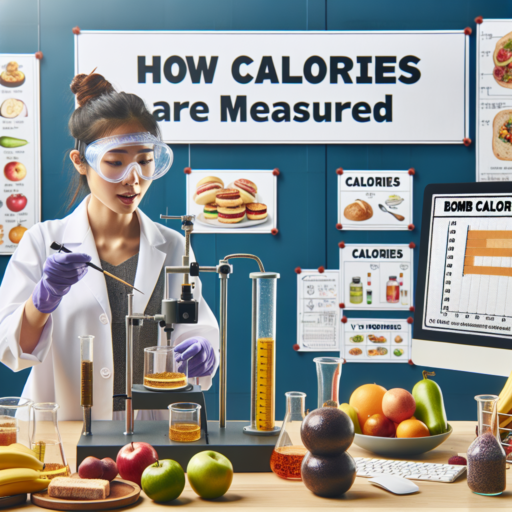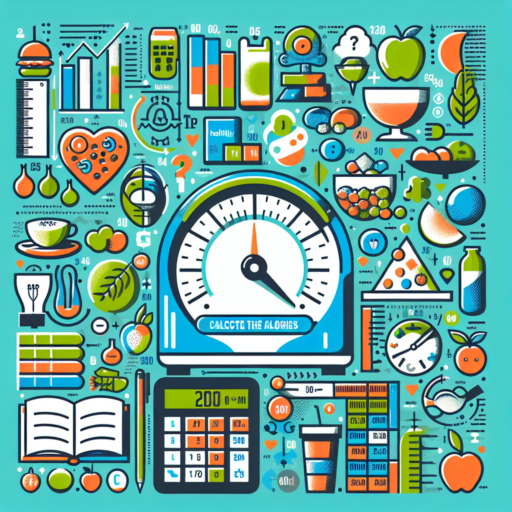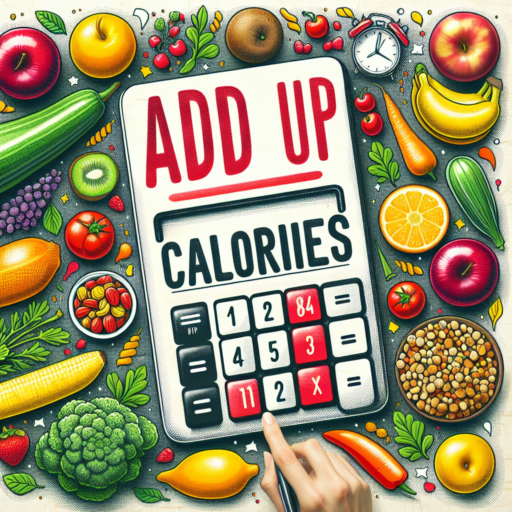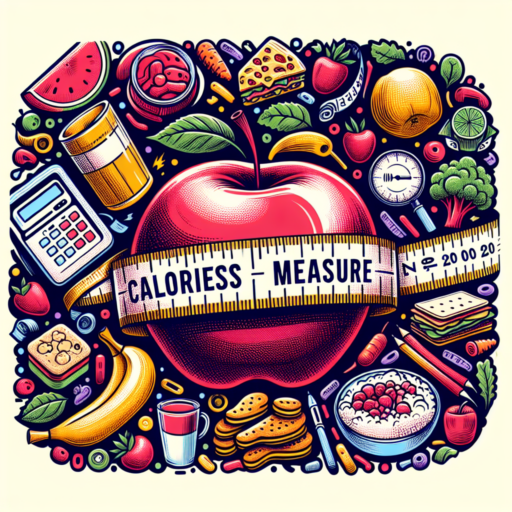How do they measure calories?
Understanding how calories are measured is key to comprehending the energy content in the foods we consume daily. The process involves a combination of science, technology, and standardized testing to ensure accuracy and consistency across various food items. This method, while technical, is intriguing and vital for both food manufacturers and those vigilant about their calorie intake.
The Calorimeter Method
At the heart of measuring calories is a device known as a calorimeter. This specialized apparatus measures the amount of heat energy released when a food item is burned completely. The fundamental principle behind this method is that the released energy correlates directly to the food’s caloric content. The process of calorimetry involves placing a food sample in the calorimeter and igniting it to burn entirely. The resultant heat energy is then absorbed by a water surrounding the chamber, and the temperature change in the water reflects the food’s calorie content.
Direct vs. Indirect Calorimetry
In the realm of measuring calories, two primary methods emerge: direct and indirect calorimetry. Direct calorimetry, as mentioned, involves burning a food sample and measuring the resulting heat energy. This method is considered highly accurate but can be expensive and impractical for regular use. On the other hand, indirect calorimetry calculates energy expenditure by assessing oxygen consumption and carbon dioxide production during metabolism. This approach, widely used in laboratory settings, offers a non-invasive and efficient way to estimate caloric burn from physical activities and resting metabolic rate.
How do you count calories exactly?
Counting calories is a meticulous process that involves knowing the caloric content of the foods you consume and accurately tracking your intake. The first step is to understand what a calorie is—a measure of energy. All foods provide a certain amount of energy, and this is what we call calories. To count these correctly, you’ll need to use resources such as nutritional labels on food packages, or online calorie databases which list the nutritional content of various foods.
Portion Size Accuracy is crucial when counting calories. It’s easy to underestimate the amount of food you’re consuming, which can lead to inaccurate calorie counts. Utilize measuring tools like scales, measuring cups, or even your hand to gauge portions more accurately. For example, a serving of cooked rice might be one cup, or about the size of a fist, but without measuring, one could easily consume two cups, thus doubling the calorie intake unknowingly.
Digital tools and apps significantly simplify the process of tracking your calorie intake. Apps such as MyFitnessPal or LoseIt! allow you to log the foods you eat, automatically calculate the total calories, and help you stay within your daily goals. These apps frequently have large databases of foods, including items from restaurants, making it easier to track your meals accurately even when dining out.
How is calorie intake measured?
Measuring calorie intake is an essential step in understanding and managing your dietary habits. Traditionally, calorie intake is measured using a combination of food diaries, where one records everything they eat and drink, and a comprehensive database that provides the caloric values for these consumables. This method relies heavily on accurately measuring portions and being honest about what is consumed.
Techniques for Measuring Calorie Intake
- Food Diaries: Keeping a detailed record of every item consumed throughout the day. This method requires diligence and accuracy in portion estimation.
- Digital Nutrition Tracking Apps: These apps have revolutionized how individuals track their calorie intake, providing a user-friendly interface and a vast database of foods and their caloric values.
- Nutritional Labels: Reading and understanding nutritional labels on food packaging can also aid in measuring calorie intake, though it requires some knowledge of serving sizes.
While measuring calorie intake can provide valuable insights into your eating habits, it’s important to note the potential for error. The accuracy of calories listed on food packaging and the reliability of self-reported food quantities can vary. Nevertheless, consistently using these methods can offer a reasonable estimate of your calorie consumption and help guide dietary decisions.
No se han encontrado productos.
How to calculate meal calories?
Calculating meal calories is essential for anyone looking to manage their diet better, either for weight loss, maintenance or for specific nutritional goals. The process involves understanding the caloric content of each ingredient in your meal. With the advent of numerous online calculators and apps, this task has been significantly simplified. However, getting a grasp of the basics can provide more insight and control over your dietary choices.
Understanding Food Labels
One of the most straightforward methods to calculate meal calories is by reading and understanding food labels. Almost all packaged foods come with a Nutrition Facts label that lists the calorie content per serving. To accurately calculate the total calories of your meal, you must adjust the serving size accordingly and sum up the calories from each ingredient. Paying attention to serving sizes and total caloric intake from each component is crucial for an accurate count.
Using Online Calorie Calculators
For unpackaged foods and to simplify the process, online calorie calculators come in handy. These tools allow you to select various foods and adjust the quantities to match your meal components. They take into account the nutritional values of each ingredient, providing an estimated total calorie count. When selecting foods in these calculators, being as precise as possible with the measurements and ingredients will ensure the accuracy of your calorie estimations.




